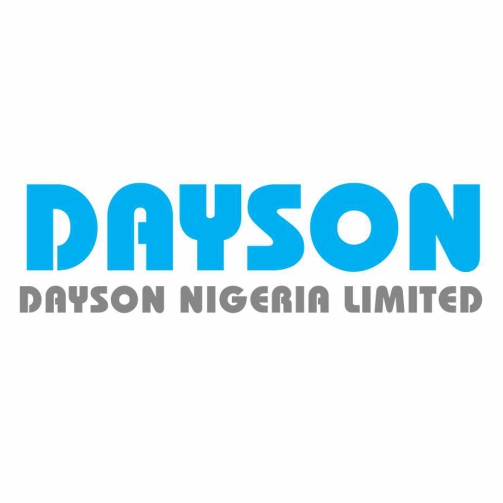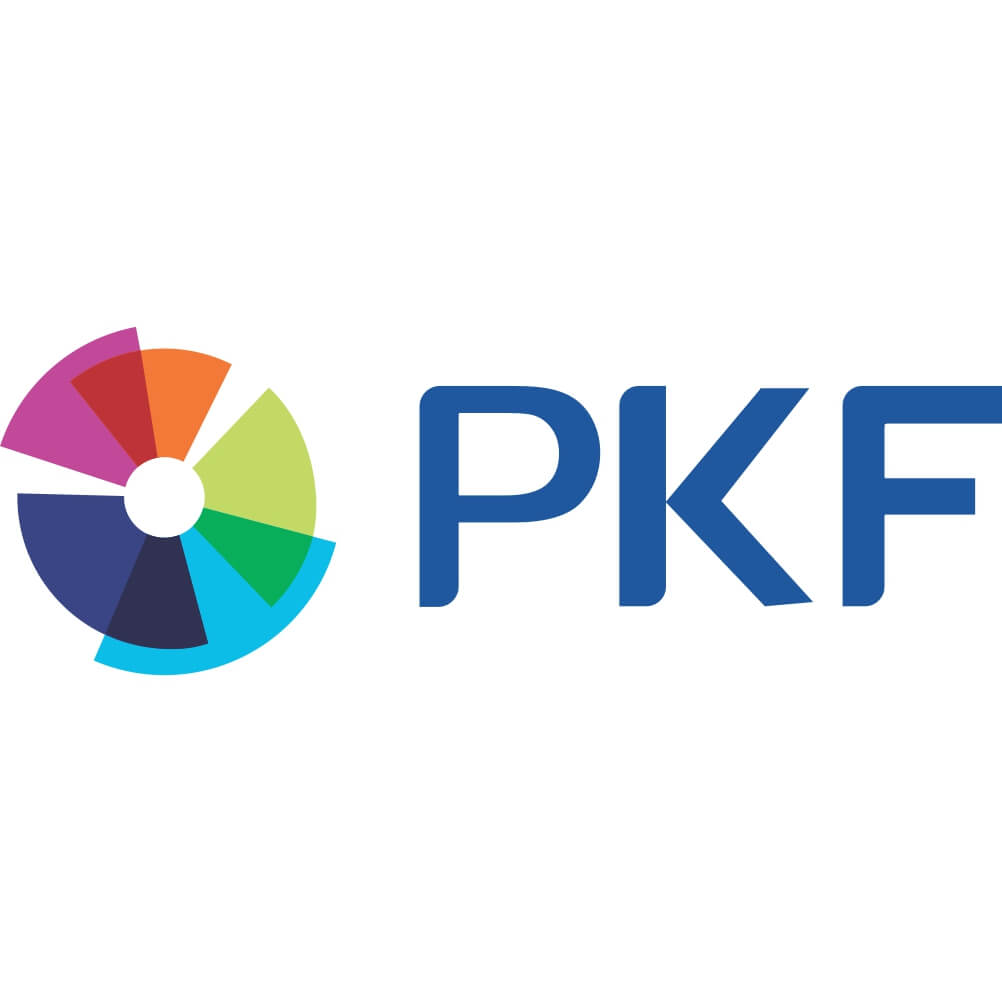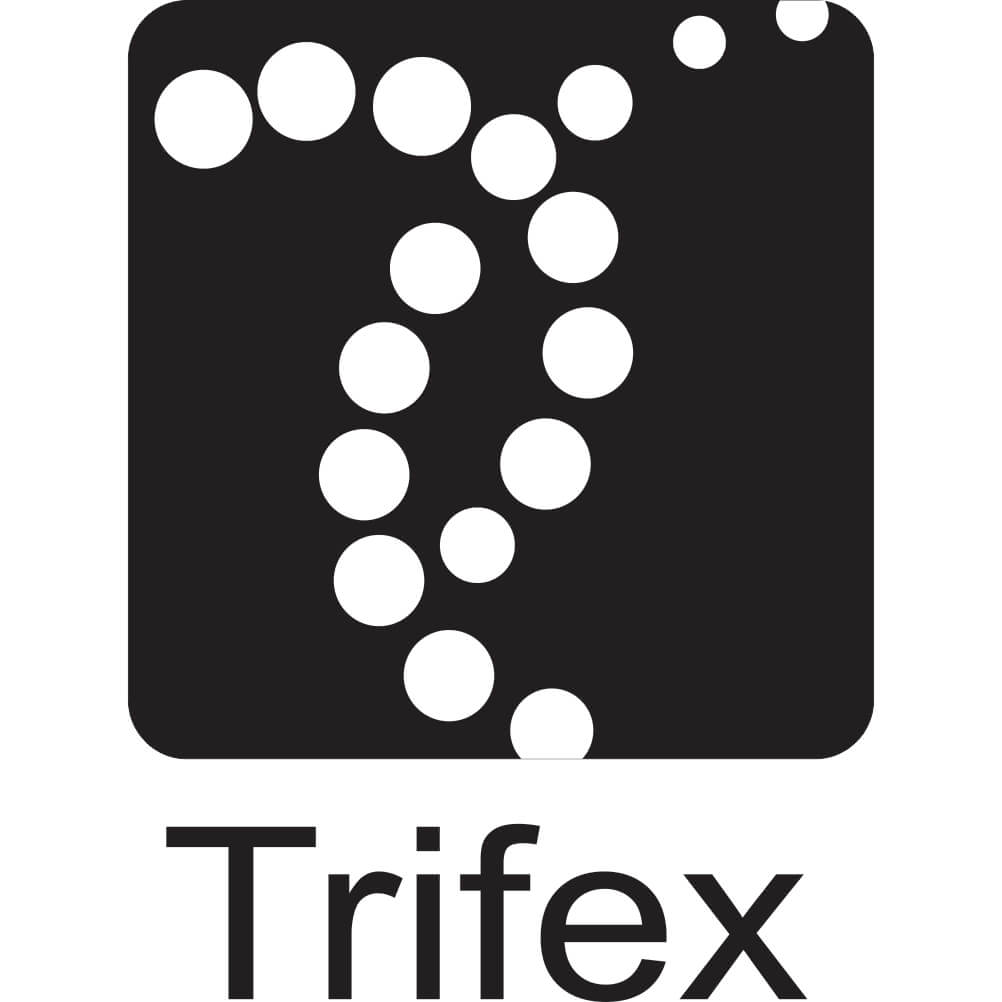Introduction
The Importance of Establishing a Digital Presence
In today’s digital age, having a website is no longer just an option for businesses, but a necessity. With the ever-evolving landscape of business, it is crucial to embrace the digital revolution in order to stay competitive. The way consumers behave has dramatically shifted towards online platforms, making it essential for businesses to adapt and establish their online presence. By doing so, they can reap the numerous benefits that come with having a website.
Building Brand Visibility
Enhancing Brand Awareness
Reach a Global Audience with Minimal Effort
One of the primary benefits of having a website is the ability to reach a global audience with minimal effort. Unlike traditional brick-and-mortar stores, a website allows you to showcase your products or services to potential customers around the world. This global reach opens up new opportunities for growth and expansion, regardless of the size of your business.
Showcasing Your Unique Brand Identity
A website also provides an excellent platform to showcase your unique brand identity. Through carefully crafted design and compelling content, your website can effectively convey your brand’s values, mission, and personality. This helps to differentiate your business from competitors and leaves a lasting impression on visitors.
Amplifying Word-of-Mouth Marketing Through Online Channels
Having a website enables you to amplify word-of-mouth marketing through online channels. When satisfied customers share positive experiences on social media or review platforms, their testimonials can be showcased on your website. This social proof not only builds credibility and trust but also encourages potential customers to engage with your brand.
Establishing Credibility and Trust
Building Consumer Confidence through Professionalism
A professionally designed website instills confidence in potential customers. It showcases your business as a reputable and trustworthy entity. A website that is visually appealing, easy to navigate, and provides valuable information creates a positive impression and maintains the interest of visitors.
Displaying Customer Testimonials and Reviews
Customer testimonials and reviews are powerful tools for establishing credibility and trust. By featuring these on your website, you provide evidence of the positive experiences others have had with your products or services. This social proof can influence visitors to make purchasing decisions and strengthens your reputation.
Providing Transparent and Easily Accessible Information
A website offers the opportunity to provide transparent and easily accessible information to potential customers. By offering detailed product or service descriptions, pricing information, frequently asked questions, and contact details, you demonstrate your commitment to transparency and customer satisfaction. This accessibility builds trust and inspires confidence in your business.
Reaching Target Audiences Effectively
Tailoring Content to Cater to Specific Demographics
With a website, you have the ability to tailor your content to cater specifically to different demographics. By identifying your target audience, you can create customized landing pages, blog posts, and product descriptions that speak directly to their needs and interests. This personalized approach increases the likelihood of engagement and conversions.
The Power of Search Engine Optimization (SEO)
A website optimized for search engines increases your visibility to potential customers. Through SEO techniques, such as keyword research, meta tags, and backlinking, your website can rank higher in search engine results. This improves your chances of being discovered by users actively searching for products or services related to your business.
Utilizing Analytical Tools to Understand Your Audience
Having a website allows you to gather valuable data and insights about your audience. Analytical tools, such as Google Analytics, provide information on user behavior, demographics, and conversion rates. This data enables you to make informed decisions about your marketing strategies and continuously improve your website’s effectiveness.
Expanding Customer Engagement
Creating Seamless User Experience
Providing Intuitive Navigation and User-Friendly Design
A website should prioritize providing a seamless user experience. Intuitive navigation and a user-friendly design are essential to keeping visitors engaged. Clear and organized menus, logical site structure, and easily accessible information contribute to a positive user experience. A well-designed website ensures that visitors can easily find what they are looking for and navigate through your content effortlessly.
Facilitating Interaction via Contact Forms or Live Chat
Engaging with your customers is crucial for building meaningful relationships. A website can facilitate interaction through contact forms or live chat features. These communication channels allow visitors to ask questions, provide feedback, or request assistance in real-time. By being responsive and attentive to their needs, you enhance the overall customer experience.
Optimizing Website Responsiveness Across Devices
In today’s mobile-driven society, ensuring that your website is responsive across devices is essential. Mobile optimization allows your website to adapt to different screen sizes, providing a seamless browsing experience. A mobile-friendly website not only improves user engagement but also boosts your search engine rankings, as search engines prioritize mobile-friendly websites in their results.
Showcasing Products and Services
Detailed Product Descriptions and Specifications
A website provides the perfect platform for showcasing your products and services in detail. By providing comprehensive product descriptions and specifications, you give potential customers all the information they need to make informed purchasing decisions. High-quality images or videos further enhance the visual appeal and demonstrate the value of your offerings.
Highlighting Key Features and Unique Selling Points
Emphasizing the key features and unique selling points of your products or services is vital for attracting and retaining customers. Through your website, you can highlight these aspects using engaging copy, visuals, or interactive elements. By clearly communicating the benefits of your offerings, you increase the likelihood of conversions.
Integrating E-commerce Capabilities for Direct Sales Efforts
Having an e-commerce platform integrated into your website enables you to facilitate direct sales efforts. This allows customers to make purchases online, eliminating any geographical limitations. Offering secure payment options and a seamless checkout process enhances the overall customer experience and increases your revenue opportunities.
Harnessing the Power of Content Marketing
Utilizing Blogs and Articles to Educate and Engage
Content marketing is a powerful strategy for attracting and engaging potential customers. A website enables you to publish blog posts/articles that educate, inform, and entertain your audience. By providing valuable and relevant content, you establish your expertise in your field and build trust with your audience.
Incorporating Visuals and Multimedia for Enhanced Engagement
Visuals and multimedia elements, such as images, videos, or infographics, significantly enhance user engagement. They capture attention, convey information quickly, and make your content more shareable. By incorporating these elements into your website’s content, you create a captivating experience for your audience.
Encouraging User-generated Content and Social Sharing
Encouraging user-generated content and social sharing can amplify your brand’s reach and engagement. By providing opportunities for customers to leave reviews, comments, or share their experiences on social media, you foster a sense of community around your brand. This user-generated content acts as valuable social proof and helps spread the word about your business.
Increasing Business Opportunities
Expanding Market Reach
Tapping into New Markets and Geographical Areas
A website opens doors to new markets and geographical areas, enabling you to expand your reach. By leveraging online platforms, you can connect with potential customers who might not have otherwise discovered your business. With the ability to ship products internationally or offer digital services remotely, your market potential becomes virtually limitless.
Building Strategic Partnerships and Collaborations
A website serves as a powerful tool for building strategic partnerships and collaborations. By showcasing your expertise and value proposition, you can attract like-minded businesses or individuals interested in joint ventures. Collaborations with complementary brands or industry influencers can significantly expand your audience and lead to mutually beneficial opportunities.
Leveraging Online Advertising to Extend Market Reach
Having a website allows you to leverage online advertising channels to extend your market reach. Platforms such as Google Ads or social media advertising enable you to target specific demographics, interests, or geographical locations. This targeted approach increases the visibility of your business and drives relevant traffic to your website.
Enhancing Customer Service and Support
Prompt and Efficient Customer Inquiry Handling
A website’s contact forms or live chat functionalities provide a direct line of communication with your customers. By offering prompt and efficient customer inquiry handling, you demonstrate your commitment to excellent customer service. Responding to inquiries in a timely manner helps build trust and loyalty among your customer base.
Offering Self-Help Resources and FAQs
Providing self-help resources and frequently asked questions (FAQs) on your website empowers your customers with instant solutions. By addressing common queries or concerns, you save time for both your customers and your support team. Self-help resources enhance the overall customer experience and contribute to customer satisfaction.
Integrating Chatbots for Instant Assistance
Integrating chatbots into your website allows for instant customer assistance. Chatbots can provide quick responses to frequently asked questions, guide users through specific processes, or even make product recommendations. By offering instant assistance, chatbots enhance the efficiency of your customer support and provide a personalized experience.
Driving Conversions and Revenue Growth
Implementing Effective Call-to-Action Strategies
A well-designed website incorporates effective call-to-action (CTA) strategies to guide visitors towards desired actions. Whether it is signing up for a newsletter, making a purchase, or requesting a consultation, compelling CTAs prompt visitors to take the next step. Thoughtfully placed and enticing CTAs increase conversion rates and ultimately drive revenue growth.
Analyzing User Behavior to Optimize Conversion Rates
Analyzing user behavior through analytical tools allows you to identify conversion rate optimization opportunities. By tracking website metrics and user journeys, you gain insights into customer preferences, pain points, or areas for improvement. This data-driven approach enables you to optimize your website’s performance and maximize conversion rates.
Leveraging Email Marketing to Nurture Leads and Drive Sales
A website serves as a valuable platform for capturing leads and nurturing them through email marketing campaigns. By collecting email addresses through forms or subscriptions, you can send targeted emails to engage with potential customers regularly. Thoughtful email marketing strategies build relationships, drive sales, and foster customer loyalty.
Summary
In conclusion, having a website offers numerous advantages for businesses or individuals looking to establish their online presence. Through building brand visibility, expanding customer engagement, and increasing business opportunities, a well-designed website can amplify your message, strengthen your credibility, and boost your overall success in the digital realm.
FAQs
- Is it necessary for every business to have a website?
- While online presence is highly recommended, the necessity depends on the nature and goals of your business. However, having a website can undoubtedly open up new opportunities.
- How much does it cost to build a website?
- Costs can vary widely depending on factors such as the complexity of the website, design requirements, and additional functionalities. It is advisable to consult with web development professionals to determine a suitable budget. Click on this link to get in touch with us
- Can I build a website myself or should I hire professionals?
- It is possible to create a basic website using DIY platforms, but for a more professional and tailored approach, hiring web development professionals is often recommended. Their expertise ensures a seamless user experience and enhances the overall effectiveness of your website.
- How long does it take to develop a website?
- The timeframe for website development depends on numerous factors including the scope of the project, design complexity, content gathering, and revision cycles. On average, it can take several weeks to a few months to complete a website.
- What ongoing maintenance does a website require?
- Regular updates, security patches, and content management are vital for a website’s continued success. Additionally, monitoring analytics and implementing optimization strategies are essential to keep the website up-to-date and high-performing.

















